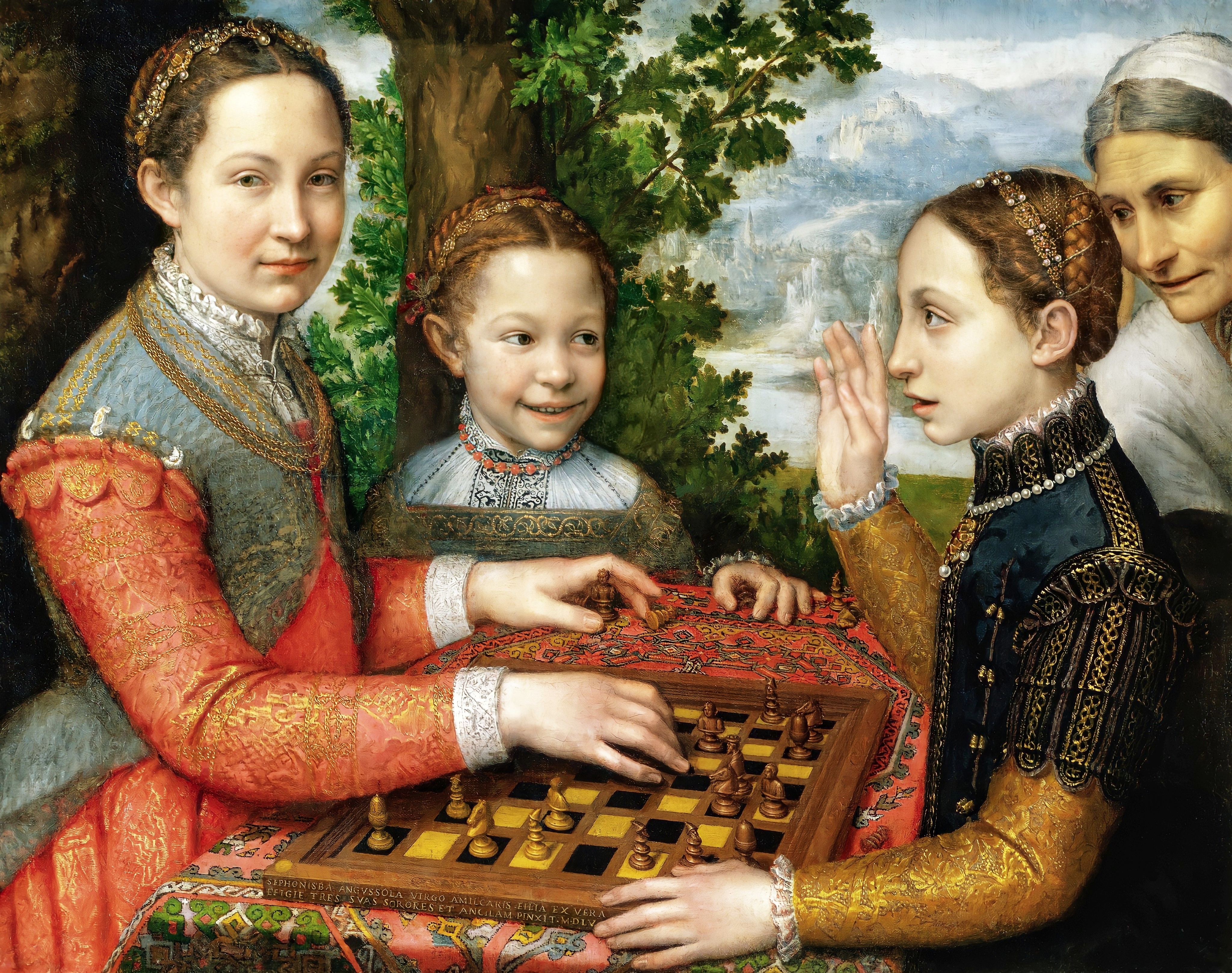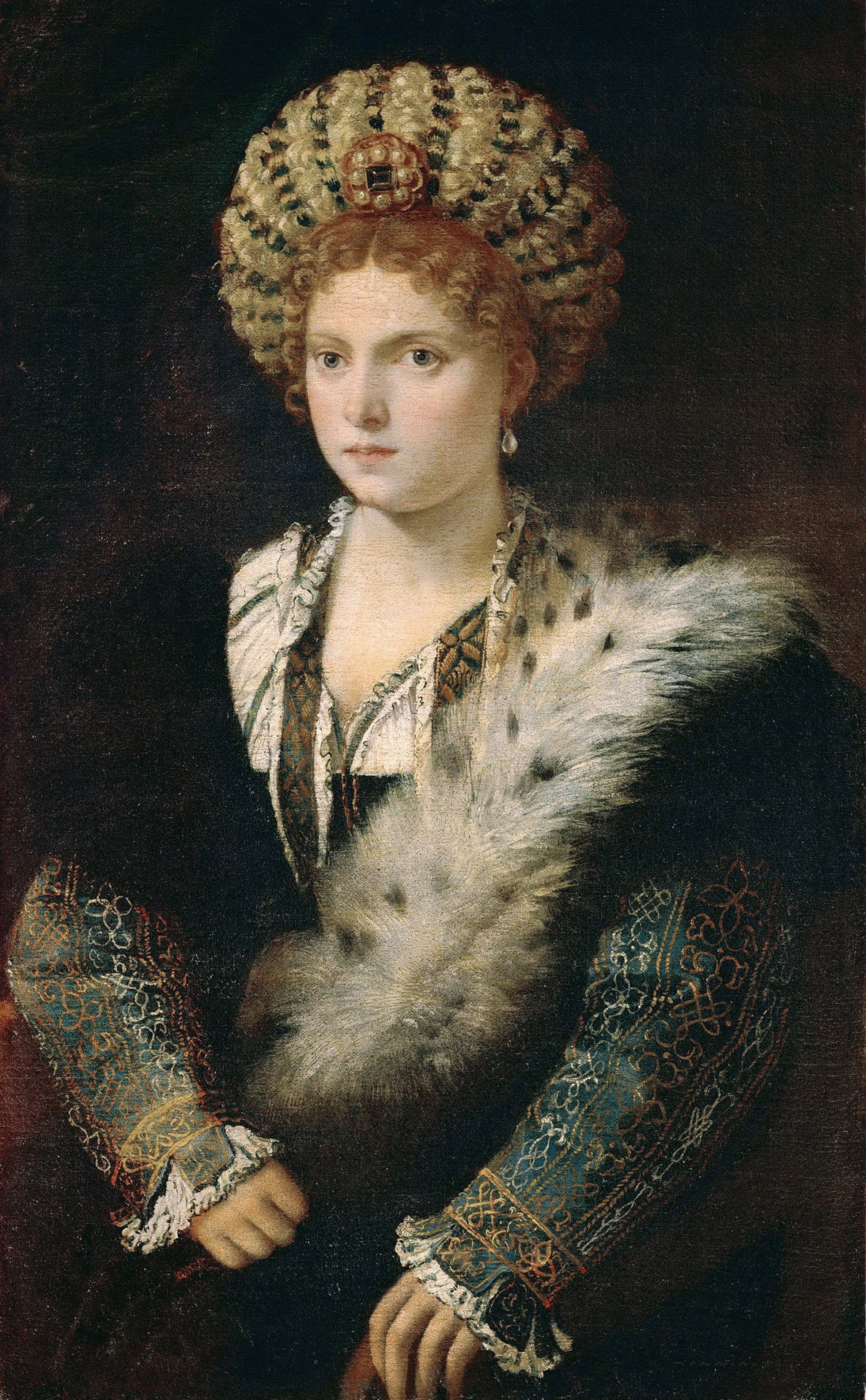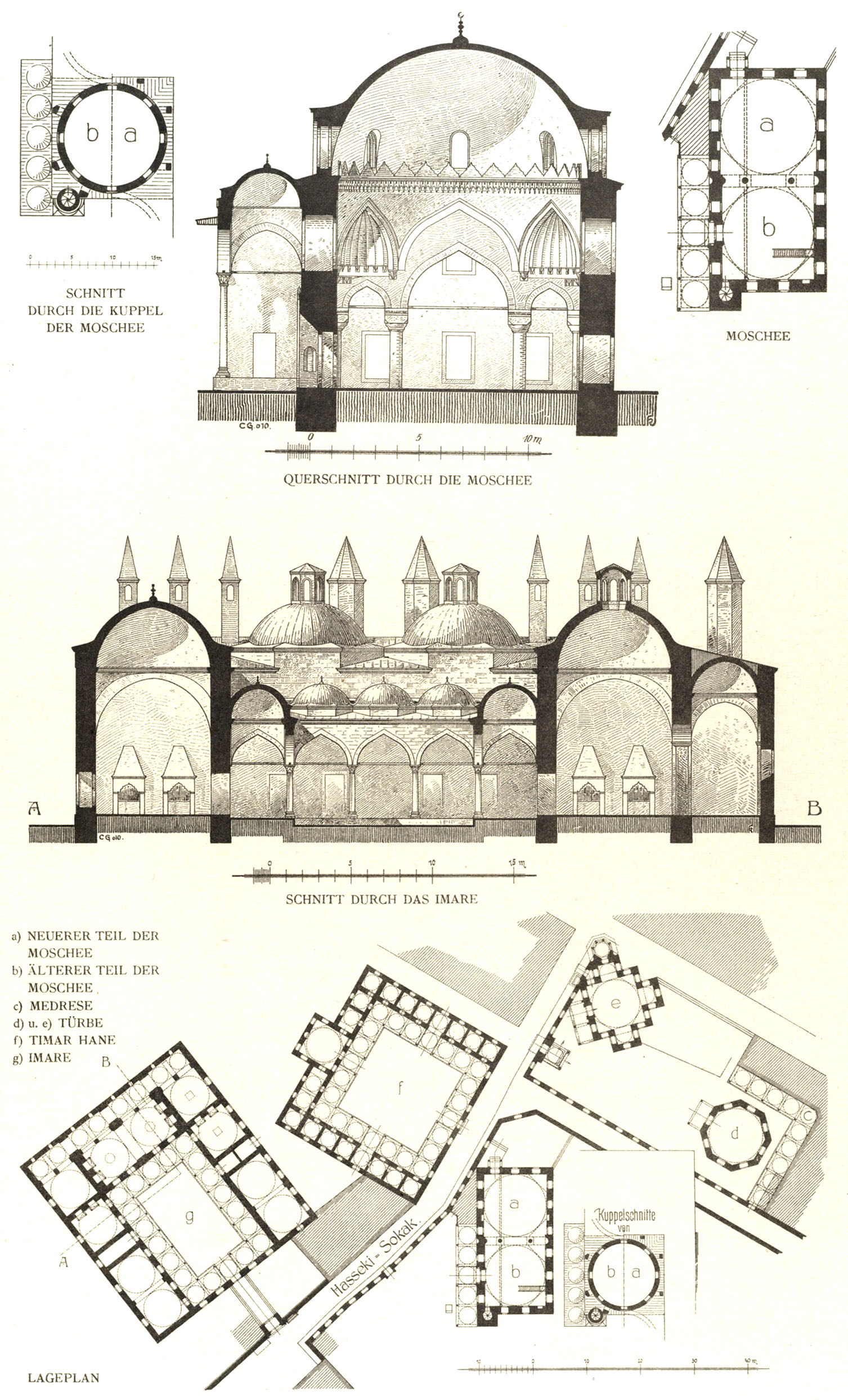Table of Contents |
The art and artists in this lesson are from the Renaissance period, a time of significant cultural, artistic, and intellectual growth in Europe, spanning roughly from the 14th to the 17th century. This era saw the emergence of many renowned artists and patrons who played crucial roles in shaping the art and culture of their time. Our focus will be on the contributions of prominent women artists and art patrons during the Renaissance, highlighting their often overlooked yet significant impact on the arts.
Renaissance art calls to mind some of the greatest names in art history—Leonardo, Raphael, Michelangelo, and the patronage of Lorenzo di Medici. Yet many women, famous in their own time, were among these great visionaries.
During the Renaissance, women artists faced numerous challenges that hindered their ability to pursue and succeed in artistic careers. These challenges included the societal expectations of the role of women, a lack of patrons, and limited access to formal training and professional guilds.
Though for centuries, women artists of the Renaissance were largely overlooked in the annals of art history, contemporary scholarship has begun a long overdue reappraisal and rediscovery of their lives and works.
Plautilla Nelli (1524–1588) was a nun of the Dominican order at the convent of St. Catherine of Siena in Florence. A pioneering artist of the Renaissance era, Nelli is notable for being the first known woman Renaissance painter of Florence. Unlike her male contemporaries, who had access to formal training and the ability to study human anatomy through live models, Nelli was largely self-taught. Forbidden from studying male nudes, which were essential for mastering human anatomy, she had to find alternative ways to develop her skills. Nelli’s paintings often feature delicate lines and a strong sense of spirituality.
One of her most famous works, The Last Supper (1568), is a monumental painting that reflects her deep religious devotion and artistic talent. Despite the challenges posed by the lack of formal training and gender restrictions, Nelli's work has endured, and she is now celebrated as a trailblazer for women in the arts.

The Last Supper
Refectory of Santa Maria Novella, Florence
1568
Oil on canvas
Sofonisba Anguissola (1535–1625) was a pioneering artist whose success during the Renaissance set a precedent for future generations of women artists. Born into a noble Milanese family, Anguissola received considerable support from her family in her pursuit of art—a rare opportunity for women of her time. This familial encouragement enabled her to receive formal training, which was uncommon for women.
As a teenager, Anguissola apprenticed with the renowned painter Bernardino Campi for 3 years. Under his tutelage, she developed her skills and gained a strong foundation in the techniques of Renaissance art. Anguissola's noble status also facilitated her acquaintance with Michelangelo Buonarotti. The two artists exchanged drawings, through which Michelangelo offered constructive criticism and mentorship.
One of her most famous works, The Game of Chess (1555), depicts her sisters engaged in a game of chess, capturing not only their likenesses but also their personalities and the dynamic interaction between them.
Anguissola’s reputation as a painter quickly spread, leading to an invitation to join the court of King Philip II of Spain in 1559. During her 14-year tenure there, she completed numerous official portraits. Unfortunately, none of her works from this period survived due to a devastating palace fire in the 18th century.

The Game of Chess
National Museum in Poznań, Poland
1555
Oil on canvas
Some of the most influential patrons of art during the Renaissance were women. Using exceptional talents, wealth, and a keen eye for art, these patrons significantly influenced and defined the aesthetics of their time.
Isabella d'Este (1474–1539) was a significant figure in the Italian Renaissance, renowned for her patronage of the arts and her influence on culture and politics. As the Marchioness of Mantua, she used her position to foster the development of the arts and amassed one of the most impressive art collections of her time.
Isabella d'Este was a discerning patron who commissioned works from many leading artists of the Renaissance. Her court became a hub for artists such as:
Isabella d'Este's discerning eye and support for artists helped shape the course of Renaissance art. Her life and work continue to be studied as an exemplar of the power and influence wielded by women in the arts during the Renaissance.

Isabella in Black: Portrait of Isabella d’Este
Kunsthistorisches Museum, Vienna
1534–1536
Oil on canvas
Roxelana, whose name means “the maiden from Ruthenia” (a region in present-day Ukraine), rose from the status of a sex slave in Sultan Suleiman the Magnificent’s harem to become his first “most preferred” wife. In the harem, Roxelana learned Turkish, culture, diplomacy, and the principles of Islam. Her charm and wit earned her a new name, Hürrem, meaning “the joyful one.” So captivated was the Sultan by Roxelana that he deviated from tradition, fathering multiple children with her. This unusual favor culminated in marriage, a union that ultimately granted Roxelana her freedom.

La Sultana Rossa
John and Mable Ringling Museum of Art, Sarasota, Florida
1515–20
Oil on canvas
Vasari wrote that Titian once painted a “portrait of Roxelana.” This painting was attributed as a probable copy of that portrait executed in Titian's workshop.
One of Roxelana’s most significant accomplishments was the Haseki Sultan Complex in Istanbul, designed by the renowned architect Mimar Sinan. This stone-and-brick complex featured a mosque, a school, a soup kitchen, and a hospital, serving as a vital community center.

Plan of the Haseki Sultan Complex
Istanbul, adjacent to the Hagia Sophia
The mosque was completed in 1538–39; the hospital was not completed until 1550–51
Roxelana's philanthropic efforts extended beyond Istanbul. She funded various buildings and public resources in cities such as Mecca and Jerusalem, demonstrating her commitment to charitable works and urban development across the Ottoman Empire. Her contributions went beyond architecture; she played a crucial role as a stateswoman, influencing political decisions during her lifetime. Her efforts in both governance and art patronage make Roxelana a prominent figure in Ottoman history.
Source: THIS TUTORIAL WAS AUTHORED BY TAMORA KOWALSKI FOR SOPHIA LEARNING. PLEASE SEE OUR TERMS OF USE.